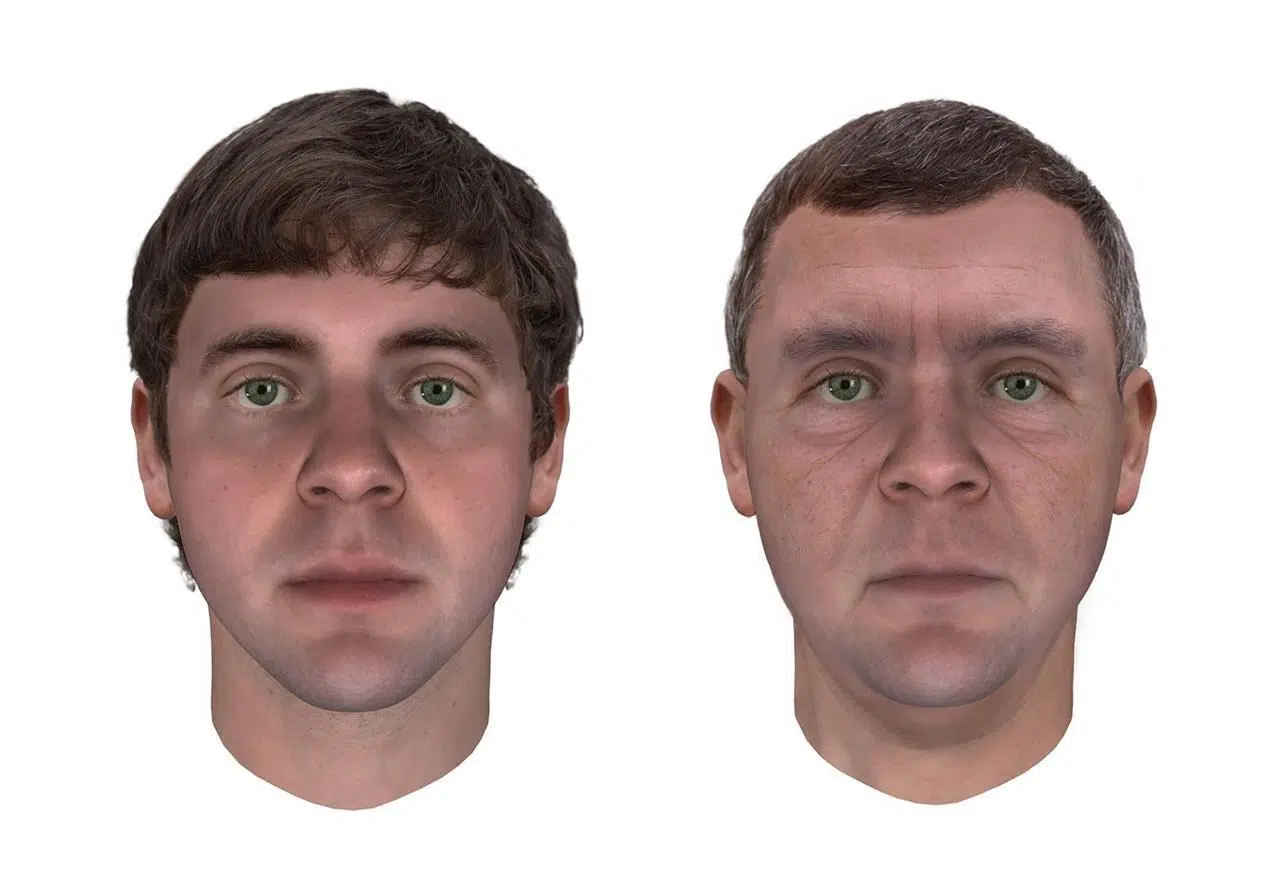
DNA from murder scene used to create sketches of suspect in Ontario cold case
TORONTO — DNA collected from the scene of a 1988 murder has been used to create images of a suspect in the unsolved homicide, police in Ontario said Tuesday as they released the sketches they hoped would lead to a break in the case.
Ontario Provincial Police have been investigating the death of 80-year-old Thera Dieleman for the last three decades, issuing reward posters and news releases at various intervals over the years.
A lack of progress in the case encouraged the force to examine technological advances related to DNA, and resulted in police working with a company in Virgnia to develop digital images of what the killer may have looked like in 1988 and what he could look like today.
“We believe using existing DNA evidence in this innovative way will ignite memories to help us bring a resolution to Thera Dieleman’s family and her community,” OPP Det. Supt. Ken Leppert told reporters.
